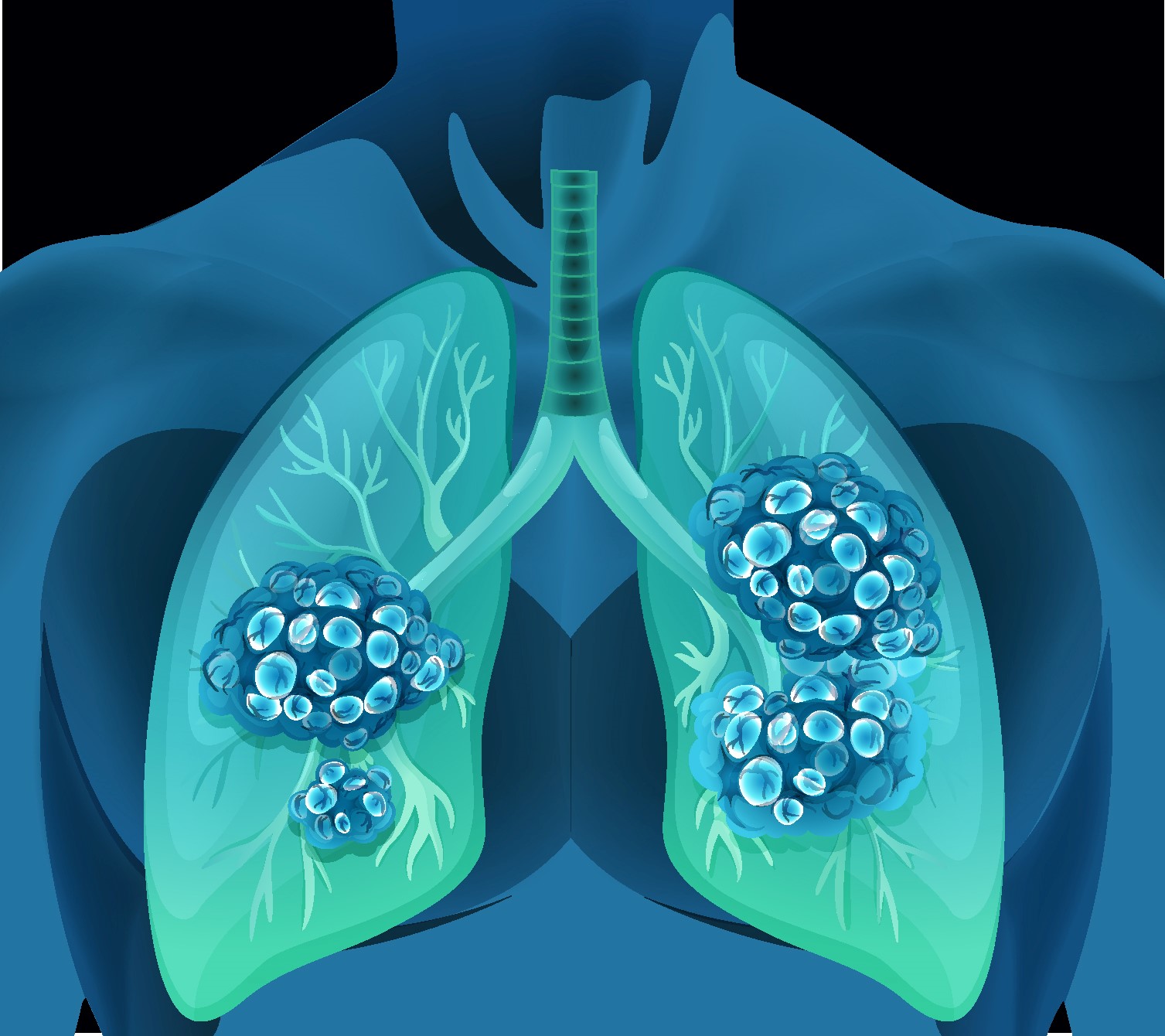For a study, it was determined that small airways disease gained in popularity as an occupational lung illness in recent years, according to researchers. Hypersensitivity pneumonitis, mineral dust airways disease, and constrictive bronchiolitis are all examples of small airways illness. For well-established respiratory toxicants, new exposures or, in some circumstances, novel contexts were being recorded. Constrictive bronchiolitis is an occupational lung illness had attracted a lot of attention, due to reports from military troops serving in the Middle East and diacetyl-exposed workers in microwave popcorn manufacturing factories. Plain chest radiographs might seem normal, and physiologic testing might indicate an obstructive ventilatory defect suggestive of asthma, making the diagnosis of constrictive bronchiolitis difficult. A high-resolution chest computed tomography scan including inspiratory and expiratory imaging, as well as pulmonary function tests, were used to diagnose small airway illness. In the case of compatible exposure, tissue diagnosis may be unnecessary.
Identification of exposure and subsequent termination of exposure remained a cornerstone of therapy for the patient as well as prevention for coworkers who may have been exposed to the same thing. While reduction of exposure improved symptoms in some patients, resistant cases required corticosteroid medication; regrettably, certain patients, such as those with chronic hypersensitivity pneumonitis or constrictive bronchiolitis, did not respond to corticosteroid therapy.
Reference:journals.lww.com/clinpulm/Abstract/2015/05000/Small_Airways_Disease_Related_to_Occupational.5.aspx


